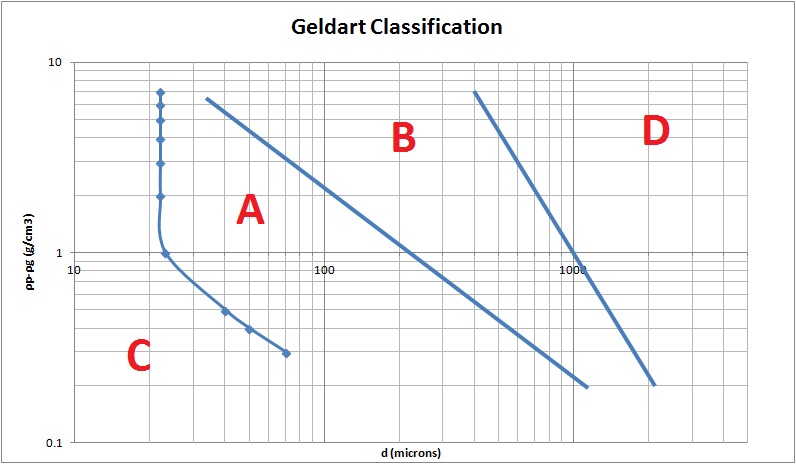
Technical consultation:
sales@drymixer.com
- 1. High Uniformity
- 2. Short mixing time,High Efficiency
- 3. 80% loading rate
- 4. Time saving,Energy saving,Space saving,Money saving.
- 5 Small damage to the original appearance of powders.
- 6. Solve the problem of ultra-fine powder mixing.
- 7. Solve the problem of light-heavy powder mixing.
- 8. Effectively solve the problem of uniform mixing diffuculty of trace elements

- 1. The important factor influenci
- 2. Particle size - an important
- 3. Powder fluidity is a double-edged sword
- 4. Pretreatment of powder mixture
- 5. Powder mixing principle introduce
- 6. Traditional powder mixers' adv
- 7. Selection of blending equipment
- 8. The basis of the uniform blending of powder
- 9. How to find the cause of mixing bad uniformity
- 10. Super light powder mixing precautions
- 11. Super fine powder mixing precautions
- 12. How to mix bad liquidity powder?
- 13. How to mix trace elements
- 14. A solution for powder's good
- 15. How does the dummy particles

Vacuum Pneumatic transport feeding machine introduction
Types of pneumatic transport conveyor
In each case, pneumatic transport will involve a gas as a powder mover. This gas is blown on one side of the process and the mixture gas + powder flows in conveying pipes until the its final destination. In most of the cases, the gas used is air. There are however different ways to blow the air, introduce the powder in the conveying pipe. As a consequence different transport technologies have been developped over time.
Lean / Dilute phase
A very common way to transport powder is to transport it in a dilute phase. The powder is diluted by the air which means that the ratio (kg product/kg air is low. The product is transported in the form of a cloud in the conveying pipes.
PRESSURE lean phase
The air in the conveying pipe can be introduced thanks to a Blower, with an overpressure at the beginning of the conveying pipe. We will then talk about PRESSURE lean phase
VACUUM lean phase
Instead of placing the Blower at the beginning of the conveying pipe, it can be placed at the end. In this case, the Blower is creating a VACUUM that will suck air in the conveying pipe. This air will drag the powder and transport it to the final receiver.
Dense phase
The other option, to transport powder, is to transport at a much higher concentration the product. A transport is called dense phase when the ratio (kg product/kg air is high. Again, such transport can be carried out in pressure or in vacuum.
PRESSURE dense phase
In pressure dense phase, air must be compressed at higher pressure than in lean phase. It can be done by installing a specific compressor, or simply by using air from the compressed air network of the factory. Pressures reached will range from around 1 bar g to several bag g. To introduce the powder in the transport pipe, some tanks, designed to withstand pressure, are often used. They are called pressure tank or pressure sender hoppers.
VACUUM dense phase
Vacuum dense phase will present a quite similar setup than the lean phase one. However, in order to accomodate higher solids loads, leading to higher pressure drop, a vacuum pump will be used instead of a simple roots Blower. Very high vacuum will then be generated.
Dense phase - Some variations
When conveying in dense phase, suppliers may use different technologies inducing a different behaviour of the powder in the conveying pipe. In the simplest configuration, plugs of different length will naturally be created. This may cause some issues regarding the pressure drop. To decrease this phenomena, there are possibilities to force the creation of shorter plugs. It is done by pulsing a valve admitting air at the beginning of the conveying pipe or at intermediary sections. One drawback is that the air introduced in the conveying pipe will cause an acceleration of the product conveyed at the end of the line, which may be detrimental to the product quality (breakage).
Flow regimes
Be careful, not all the solids can be transported with any technology. Actually, the adequacy of a particular technology will depend on the fluidization properties of the solid to be transported. Before designing a system, the class of the solid must be established. Such class is determined thanks to a classification proposed by Geldart in 1973.
Class A : powders adapted to dense phase conveying, they have a very high and lasting aeration. They can be transported at high concentration but do not form naturally some plugs, an active system is therefore require to create them.
Class B : powders adapted to dense phase conveying, will naturally flow in plugs (dune)
Class C : these cohesive powders are probably not transportable in dense phase, however some exceptions exist
Class D : these powders can be transported in dense phase at concentration in between class B and class A

Figure 1 : Geldart classification
It is important to understand how the concepts of lean phase and dense phase translate on the way the product is flowing in the pipe. Basically, depending on the velocity of the transporting gas, 5 flow regimes can be identified.







 DIASRIOUTION NETWORK
DIASRIOUTION NETWORK